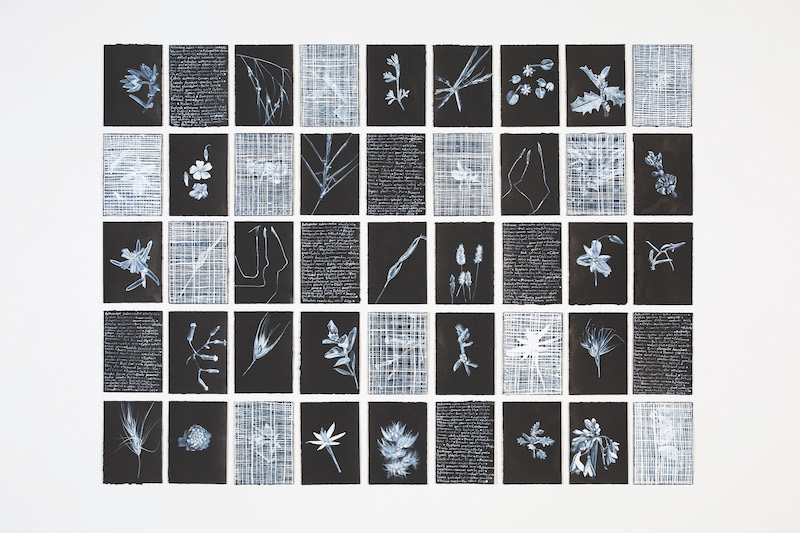“Researching South Australian native flora is what drives me to make art”, says Adelaide-based artist Louise Flaherty. “The reason I make art on a personal level is to use it to learn more about plants, and I find that by drawing them, I am getting to know them.”
Flaherty’s works consist of intimate portraits of individual plant specimens, the texture of their leaves and stalks and the translucency of their petals and roots. The artist almost exclusively uses white ink on black paper, lending her botanical subjects a ghostlike quality that speaks to their endangered quality.
A long-term project for Flaherty has been Memorial for Forgotten Plants, which portrays extinct plant communities around Adelaide because of urban sprawl. “A key objective of my work is to plant seeds of curiosity in the audience,” she says, “and to challenge them to think about our impact on our landscape.”
2021 saw her working with artist Laura Wills in a residency with the Guildhouse Collections project at Adelaide Botanic Gardens, researching rare and threatened plants in South Australia with the aid of the SA Seed Conservation Centre. Currently the artist is working with dance artist Tanya Voges and musician/composer Belinda Gehlert to investigate the effects of the 2019 bushfires on Bushland Park in Lobethal. The work, Understory: Postcards from Lobethal Park looks to what plants came back, and what plants did not.
“I believe in the importance of my work,” states Flaherty, “and feel like it is timely in its connection to the future of our environment in Australia”.
Above: Louise Flaherty, Resurface, 2020. Ink on paper, 120 x 89cm. Courtesy: the artist.

